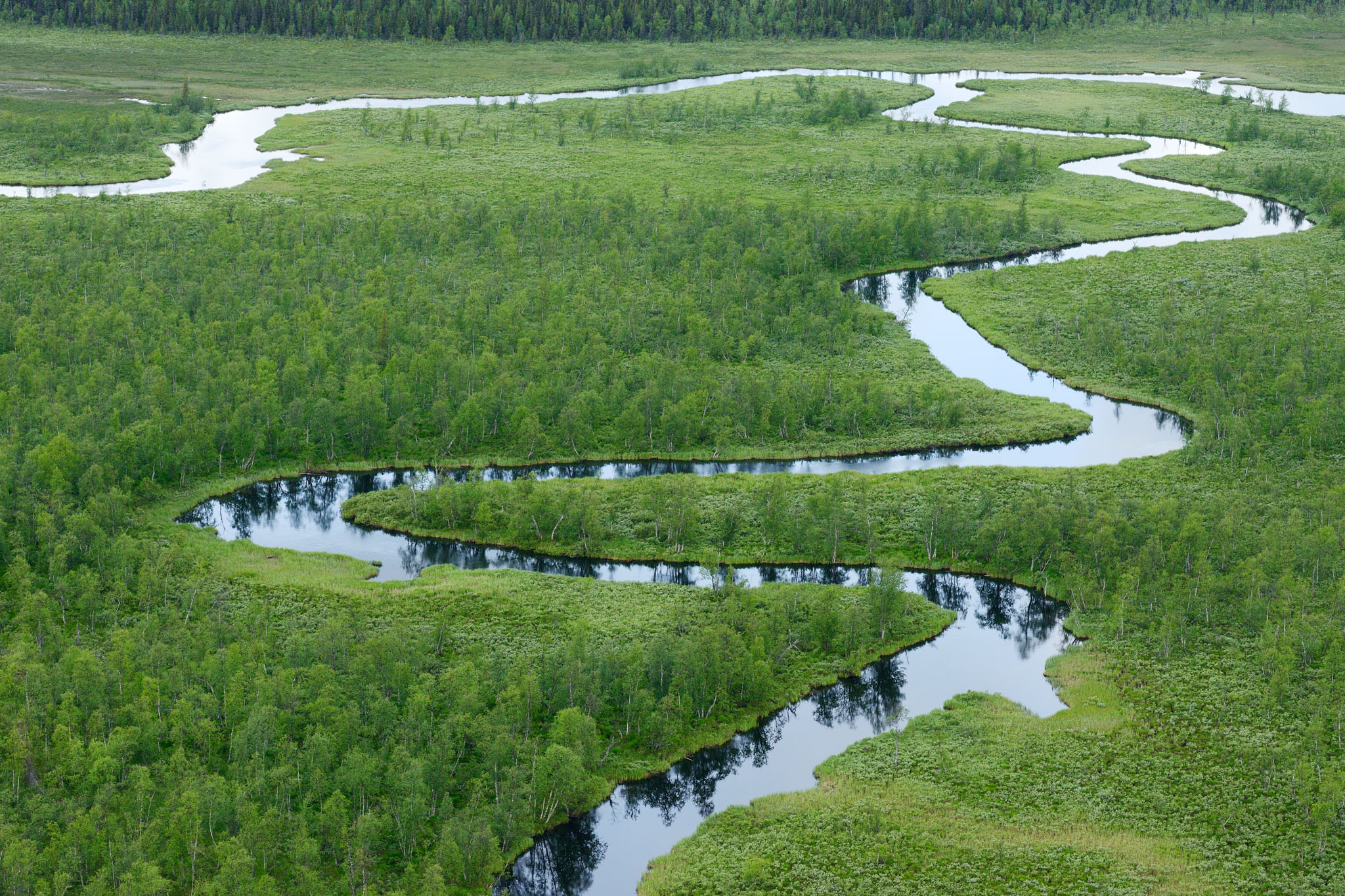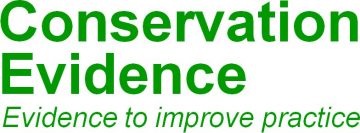A new website aims to improve the success rate of future restoration projects. Claire Wordley explains more.

Restoring degraded habitats into flourishing, biodiverse ecosystems has been described as an acid test for how well we understand ecology. Managing landscape transformation is certainly no easy task, but knowing the likely outcome of different interventions – such as rewetting peatlands, reintroducing beavers or changing the intensity of grazing in scrubby areas – can help restoration practitioners take the best decisions, whether they want to reach a defined end point, or initiate a more open-ended transformation process.
It is with this in mind that the Endangered Landscapes Programme and Conservation Evidence have teamed up to launch a new website: Restoration Evidence. Restoration Evidence is a free information resource, designed to support decisions on maintaining and restoring global biodiversity. It summarises information from scientific journals and NGO/government agency reporting on the outcomes of numerous restoration interventions. This information, presented in a reader-friendly format, is intended to support decision-making for those planning future restoration projects. Restoration Evidence contains a subset of the evidence found on the Conservation Evidence website, and is dedicated to describing the outcomes of a wide range of interventions aimed at restoring habitats and animal taxa.

The Restoration Evidence website currently mainly focuses on the effectiveness of actions in peatlands, shrublands and heathlands, as well as forests, but work is underway to supplement this with information on wetland, grassland and marine habitat restoration. There are also plans to include evidence relating to the outcome of multi-level restoration efforts, such as the effects of beaver and wolf reintroduction on riparian ecosystems.
By examining the results of previously employed habitat restoration techniques to see what works – and what doesn’t – resources for future projects can be directed towards the most effective restoration strategies, leading to more successful outcomes. Across many disciplines, we are learning that many conservation interventions simply don’t work as intended. For example, nearly a third of the papers published in the journal Conservation Evidence reported that the interventions tested did not deliver the intended outcome.
Going forwards, tools such as Restoration Evidence will increasingly help practitioners to identify the strategies that work and avoid wasting time and money on ineffective interventions. In this way, we hope to make a real difference to restoration projects across the world.

